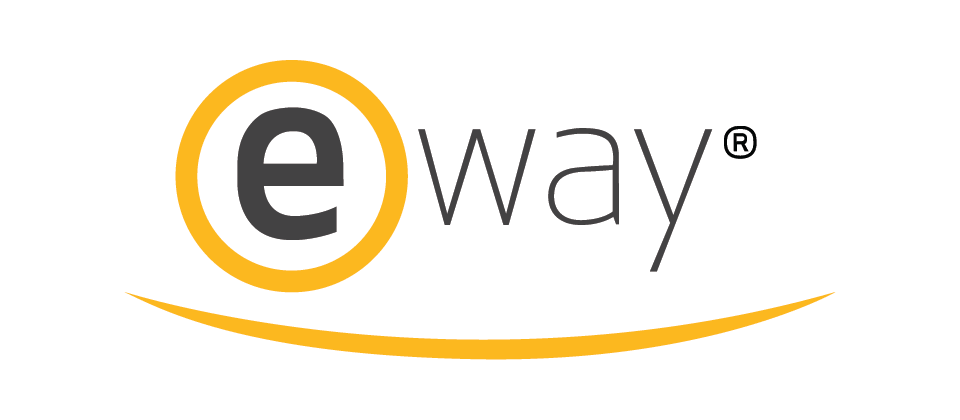Guide to Choosing the Right Payment Gateway
Choosing the right payment gateway is really important for any online store. A good payment gateway helps make payments easy, keeps customer information safe, and builds trust. This guide will help you understand what to look for when picking a payment gateway and suggest some of the best options.
What is a Payment Gateway?
A payment gateway is a service that helps your online store accept payments from customers. It acts as a middleman between your website and your customer’s bank, making sure payments are safe. It also lets you see payment history and helps you manage your finances.
What to Look for When Choosing a Payment Gateway
| Factor | What to Look For |
|---|---|
| Security | Make sure it keeps customer information safe with encryption and fraud protection. |
| Easy to Set Up | Check if it works smoothly with your eCommerce platform (like Shopify or WooCommerce). |
| Transaction Fees | Look at the setup costs, monthly fees, and fees for each transaction. |
| Payment Methods | Make sure it supports credit cards, PayPal, Apple Pay, and other ways people pay online. |
| Customer Experience | Choose a gateway that is fast, easy to use, and works well on mobile. |
| Global Compatibility | If you sell internationally, make sure it supports different currencies and languages. |
| Growth Potential | Pick a gateway that can handle more payments as your business grows. |
| Customer Support | Check if they offer 24/7 support and help for problems. |
| Reputation | Choose a gateway that other businesses trust and use. |
| Extra Features | Some gateways offer features like subscriptions or rewards programs. |
Payment Gateways That Match These Features
| Payment Gateway | Pros | Cons | Best For |
|---|---|---|---|
| Easy to set up, supports many payment options, offers protection for buyers and sellers. | Higher fees, less customization. | Small to medium-sized businesses. | |
 |
Works with many currencies, great fraud protection. | May need technical knowledge to set up, no built-in POS system. | Custom solutions. |
 |
Free point-of-sale software, no monthly fees. | Limited to certain countries, doesn’t support all payment types. | Businesses that also have physical stores. |
 |
Lets customers pay later, which can increase order size. | High fees for merchants, not great for every business. | Businesses targeting younger customers. |
 |
Great for local and international payments, very secure. | Mainly for Australian businesses, not well-known outside Australia. | Australian businesses. |
 |
Reliable fraud protection, supports many payment types, good customer service. | Needs a merchant account, higher setup fees. | Businesses that need reliability. |
 |
Works well with subscriptions and supports PayPal. | Complex to set up for non-technical users, fees can add up. | Businesses with recurring billing. |
| Works globally, many payment options, strong security. | Can take time to set up, hidden fees may apply. | International businesses. | |
 |
Focuses on "buy now, pay later" and integrates well with stores. | High fees, not supported everywhere. | Retail and fashion businesses. |
| Global payments, supports many languages and currencies. | High fees, complicated withdrawal process. | Businesses going global. |
Additional Considerations
Understanding Transaction Fees
Transaction fees can change depending on the gateway. Make sure you understand the costs and how they will affect your business. Some charge a flat fee, while others charge a percentage. If you process a lot of payments, you might be able to negotiate lower fees.
Fraud Prevention and Security
Look for payment gateways that help protect your business from fraud. Features like real-time fraud detection and encryption can help keep everything safe.
Customer Support
Make sure the gateway offers good customer support. It’s important to have 24/7 help if something goes wrong.
Tips for Choosing and Setting Up a Payment Gateway
Know What You Need: Think about what your customers want and which payment methods they use.
Try It Out: Some gateways offer free trials or demos. Test them before making your choice.
Watch the Costs: Check transaction fees to make sure your business stays profitable.
Make Sure It Grows with You: Choose a gateway that can handle more payments as your business gets bigger.
Check Compatibility: Make sure the gateway works with your eCommerce platform and any other tools you use.
Use Customer Support: Pick a gateway that offers fast support when you need it.
Read Reviews: See what other businesses say about the gateway you’re thinking about using.
Choosing the right payment gateway is important for your business. Make sure it’s safe, easy to use, and can grow with you. By considering the pros and cons of each gateway, you can find the best one for your business.
Need help setting up your payment gateway? Contact Online Market Experts (OME). We’re here to help you find the best payment solution for your business!
